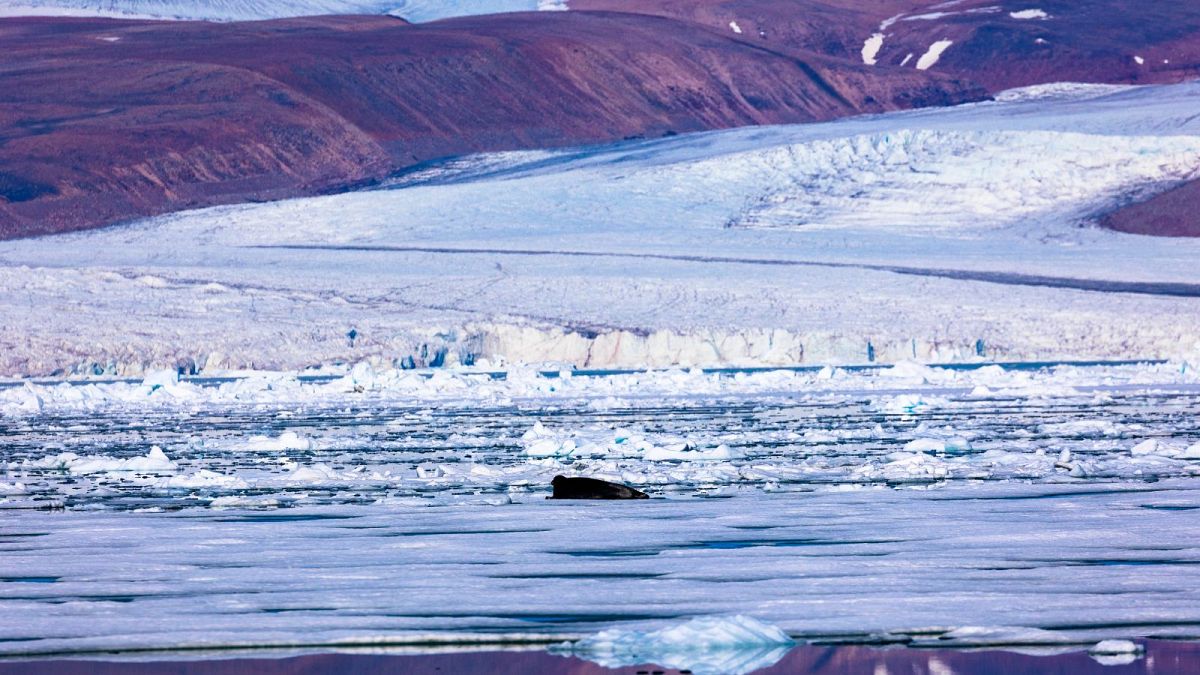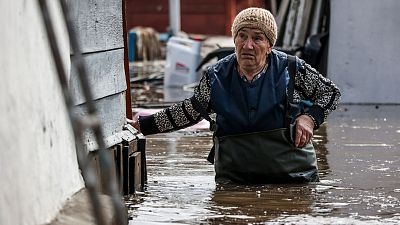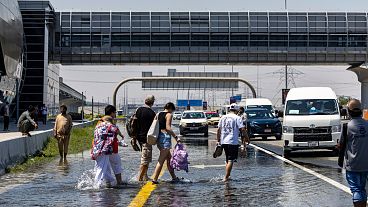There’s good news for the ice sheet, which may withstand temporary breaches in 1.5C, but emissions must still drop quickly.
The world’s second-biggest ice sheet may be more resistant to global warming than previously thought, scientists have found.
Even if the Earth temporarily warms by 2 degrees Celsius above pre-industrial temperatures by 2100, we can still prevent the Greenland ice sheet from ‘tipping’ and causing drastic sea level rise.
However, the international team of researchers adds, a long-term breach of 1.7C puts the planet in dangerous territory.
“Our results underline that even if we do not manage to stay below 1.5 or 2 degrees of global warming within the coming decades, and temporarily cross the critical temperature threshold of the Greenland ice sheet, we still have a chance to act”, says Nils Bochow of the Arctic University of Norway.
Bochow, who is the lead author of the new study published in the scientific journal Nature, stresses that the slow reaction of the ice sheet is no reason for complacency in combating climate change.
What is the tipping point for the Greenland ice sheet?
Scientists investigated how the ice sheet might react over centuries and millennia to the “drastic and rapid, yet so far comparable short-lived warming of our time,” explains Bochow.
Using computer models, they found that it reacts so slowly to human-made warming that cutting greenhouse gas emissions within the next few hundred years may prevent it from tipping irreversibly into accelerated melting territory.
At the current level of 1.2C warming, the Greenland ice sheet is already melting. It lost ice mass for the 27th time in a row this year, unloading 196 billion tonnes of ice into the ocean in the year to August 2023.
In an unnerving sign of the climate times, rain fell on the vast sheet’s summit for the first time in 2021.
Were it to disappear entirely, the melted ice sheet could lead to catastrophic global sea level rise of more than seven metres.
The study confirmed that this would happen over hundreds or thousands of years if Earth exceeds the long-term critical threshold of between 1.7 to 2.3C global average temperature.
The good news is that even if temperatures temporarily peaked at an extreme of 6.5C above pre-industrial levels by 2100, subsequent cooling to below 1.5C within a few centuries could, in theory, prevent this apocalyptic scenario.
This scenario would depend on rapid, large-scale carbon-removal, including measures like widespread reforestation or carbon capture and storage technologies - which we don’t have yet.
Keeping global warming under 1.7C looks like a safe upper limit for the ice sheet, according to the scientists, but there are crucial reasons for limiting it to 1.5C.
Why 1.5C is still a critical threshold for the Greenland ice sheet
A significant caveat is that climate science is complex, and the researcher’s computer modelling was unable to account for the way other aspects of climate change could affect the ice sheet - the world’s biggest after the Antarctic ice sheet.
The scientists caution that essentially all other parts of the climate system react faster to global warming than an ice sheet. These include rainforests, wind and precipitation patterns and ocean current systems.
All of these elements respond more abruptly to rising temperatures, and so rely on much shorter windows of opportunity to avoid tipping.
“And even when avoiding a large-scale tipping of the Greenland ice sheet, temporary sea-level rise can be substantial,” says co-author Niklas Boers from the Technical University of Munich, Germany and the Potsdam Institute for Climate Impact Research.
“The higher temperatures rise, the more difficult it will be to bring them down to safe levels in the long term. This is why we need to act fast and keep global mean temperatures below 1.5 degrees Celsius,” he adds.
“The Greenland ice sheet is just a small part of the picture and there are many other negative consequences related to human made climate change that we might face if we don’t act in time.”
As the planet is currently on track to exceed 3C warming, despite the Paris Agreement, there is an urgent need to bring climate-heating fossil fuel emissions down.



